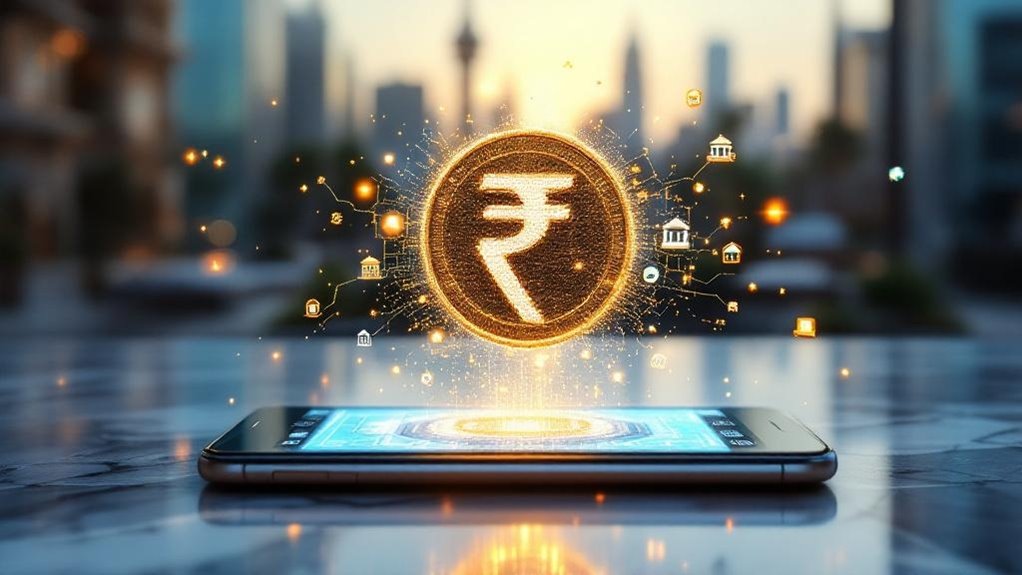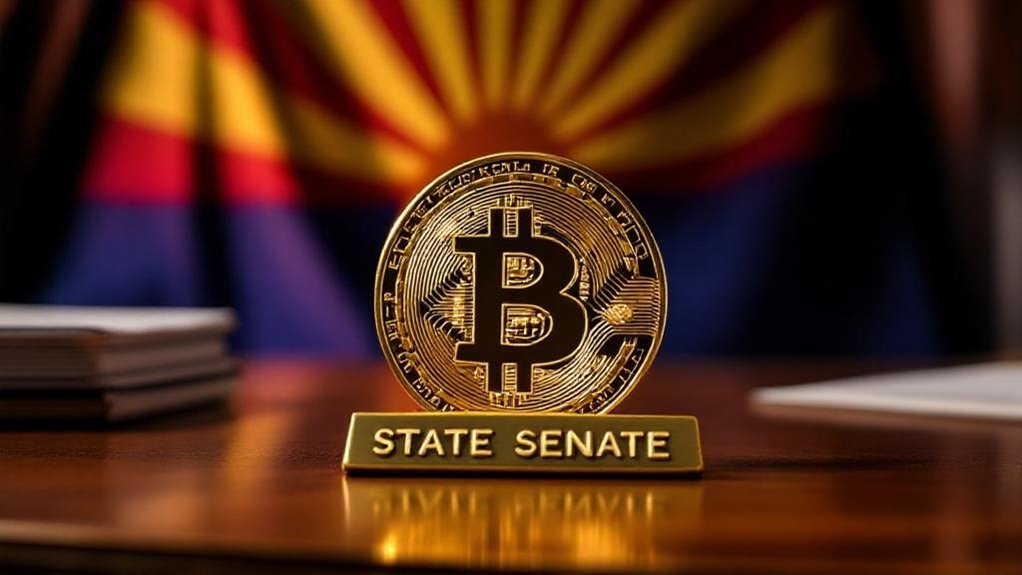MemeCoinCook.com serves up spicy crypto memes and info for entertainment only—this ain’t financial, investment, legal, or professional advice! Whipped up with AI flair, our content might have some half-baked bits, so DYOR before you dive into the crypto pot. NFA, folks—we’re just tossing out ideas, not guarantees. We make no claims about the accuracy, legality, or tastiness of our posts. Sip our content at your own risk! Check our Terms of Use for the full recipe.

RBI’s Bold Push Adds Revolutionary Use Cases for the Digital Rupee
The Reserve Bank of India‘s digital rupee experiment marks a significant moment in the country’s monetary evolution. Since launching its central bank digital currency (CBDC) pilots in late 2022, the RBI has witnessed explosive growth in adoption. The retail e-Rupee circulation skyrocketed from ₹103 crore to ₹1,016 crore in just over a year, proving that Indians are ready to embrace digital money beyond traditional cryptocurrencies.
The expansion has been nothing short of remarkable. Starting with a handful of banks, the program now includes 17 financial institutions serving 6 million users. The RBI didn’t stop there—they opened the gates to non-bank payment operators in April 2024, ensuring even remote villages could access digital wallets. It’s like upgrading from a flip phone to a smartphone, but for money.
Digital rupee expansion brings smartphone-level innovation to money, reaching millions across India’s villages and cities.
What makes the digital rupee particularly interesting are its programmable features. Unlike regular cash or even UPI payments, e-Rupee transactions can be customized with specific parameters. Imagine sending money that only works at grocery stores or expires if unused within a month. Parents could send allowances that can’t be spent on junk food—a feature that might make teenagers less enthusiastic about adoption. The government has already implemented this for practical uses, with Odisha distributing e-rupee payments to 88,000 beneficiaries under its Subhadra Yojana program.
The RBI’s ambitions extend beyond domestic borders. Cross-border CBDC experiments are underway, potentially revolutionizing international payments. Current wire transfers can take days and cost significant fees. Digital rupee transfers could happen instantly, making sending money abroad as easy as texting.
Offline functionality represents another game-changer. Users can complete transactions without internet connectivity, vital for India’s diverse geography. This feature alone could accelerate the shift from physical cash, complementing the already successful UPI ecosystem.
Despite impressive growth, challenges remain. The e-Rupee must compete with established payment methods and overcome technical hurdles. Mass adoption requires more than just technology—it needs trust and familiarity. The currency-GDP ratio’s decline suggests Indians are moving away from cash, but converting this trend into CBDC adoption requires sustained effort. The RBI faces the unique challenge of introducing e-Rupee in a market where UPI already commands 83% of payment volume, highlighting the need for clear differentiation and value propositions.
The RBI’s bold push represents more than technological innovation. It’s about creating a more inclusive, efficient monetary system for 1.4 billion Indians.



